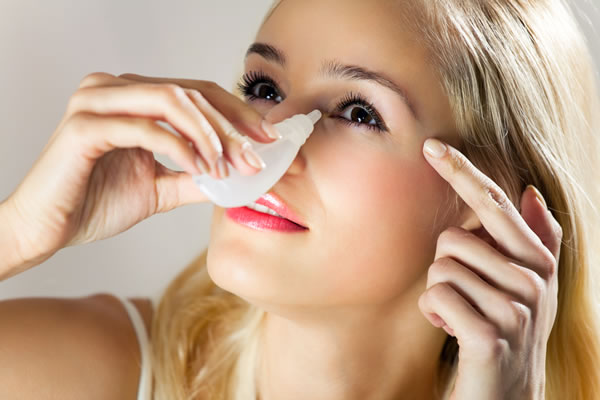Dry Eye Management
A dry eye condition can occur due to a defect in the quantity or quality of the components of the tear film covering the eye. The tear film is a complex secretion of oils, mucous and water that is produced by numerous glands. Its role is to lubricate the conjunctival and corneal cells and keep the eye healthy. A lack of an oily superficial layer on the tear film results in faster evaporation of the underlying water (aqueous layer). A deficiency of mucin on the surface of the eye leads to poor lubrication. An inadequate aqueous layer occurs when the lacrimal gland produces insufficient amount of tears. This condition is often referred to as kerato-conjunctivitis sicca (KCS). Age and gender can be factors affecting the prevalence of dry eyes as it is more common amongst older people, and in post-menopausal women.
Some contact lens wearers, particularly soft contact lens wearers, can also report that their eyes feel dry, particularly towards the end of their normal wearing period (e.g. after 8 hours or more of continued contact lens wear). The dry eye irritation may occur regularly or intermittently. Contact lens wear in an air-conditioned environment is usually found to make the situation worse mainly because some air-conditioners remove significant amounts of water vapour from the air, causing the relative humidity of the environment lower, which in turn increases the rate of evaporation of tears from the eye.
The most common treatment for dry eye is regular use of artificial tear supplements, either in the form of drops, gels or ointments.






















